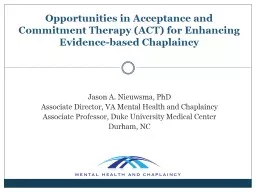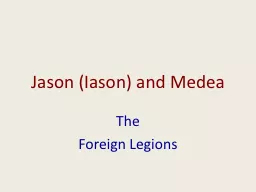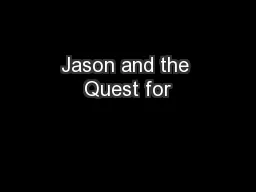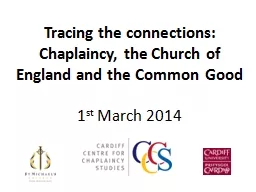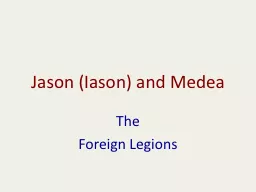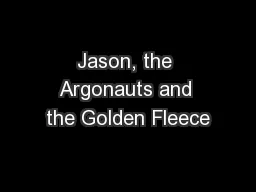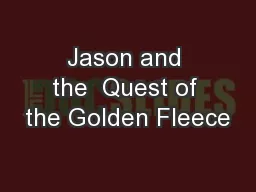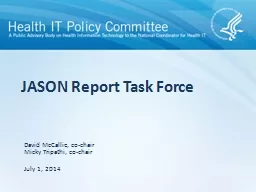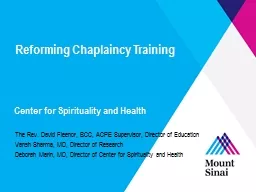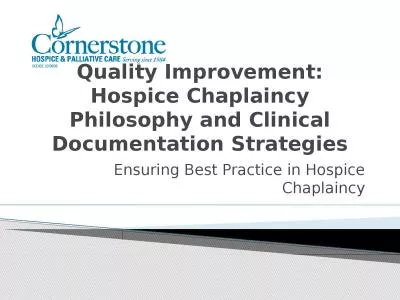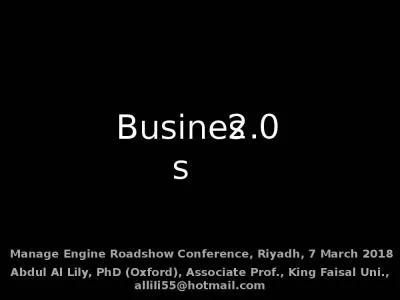PPT-Jason A. Nieuwsma, PhD Associate Director, VA Mental Health and Chaplaincy
Author : provingintel | Published Date : 2020-06-16
Associate Professor Duke University Medical Center Durham NC Opportunities in Acceptance and Commitment Therapy ACT for Enhancing Evidencebased Chaplaincy Objectives
Presentation Embed Code
Download Presentation
Download Presentation The PPT/PDF document "Jason A. Nieuwsma, PhD Associate Directo..." is the property of its rightful owner. Permission is granted to download and print the materials on this website for personal, non-commercial use only, and to display it on your personal computer provided you do not modify the materials and that you retain all copyright notices contained in the materials. By downloading content from our website, you accept the terms of this agreement.
Jason A. Nieuwsma, PhD Associate Director, VA Mental Health and Chaplaincy: Transcript
Download Rules Of Document
"Jason A. Nieuwsma, PhD Associate Director, VA Mental Health and Chaplaincy"The content belongs to its owner. You may download and print it for personal use, without modification, and keep all copyright notices. By downloading, you agree to these terms.
Related Documents

